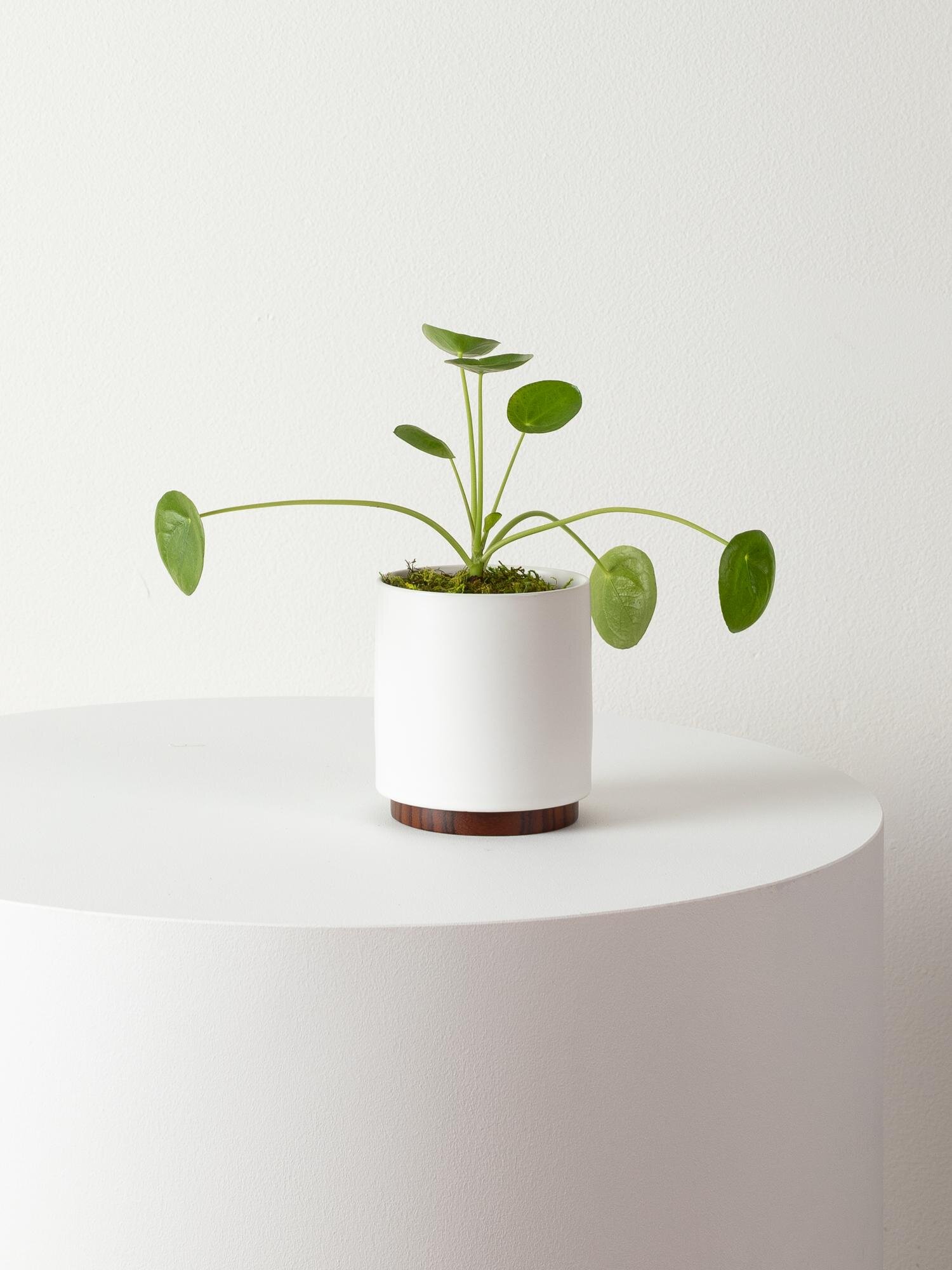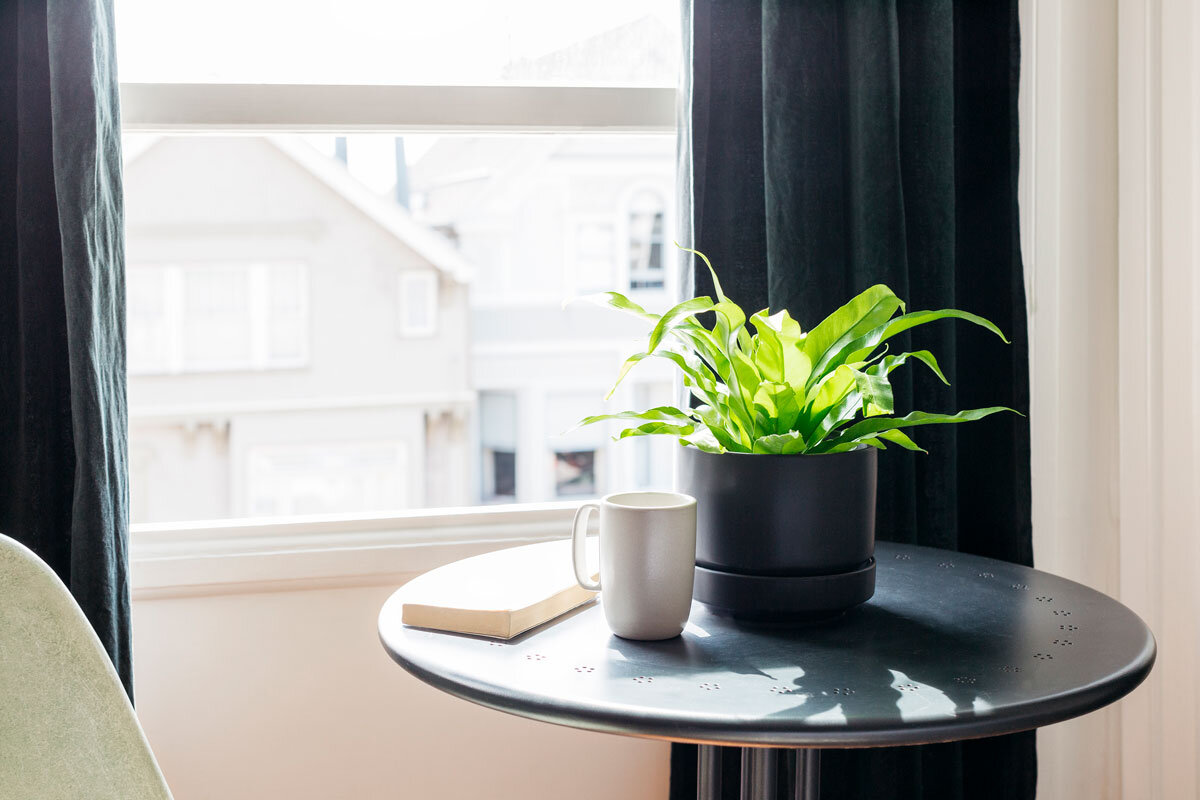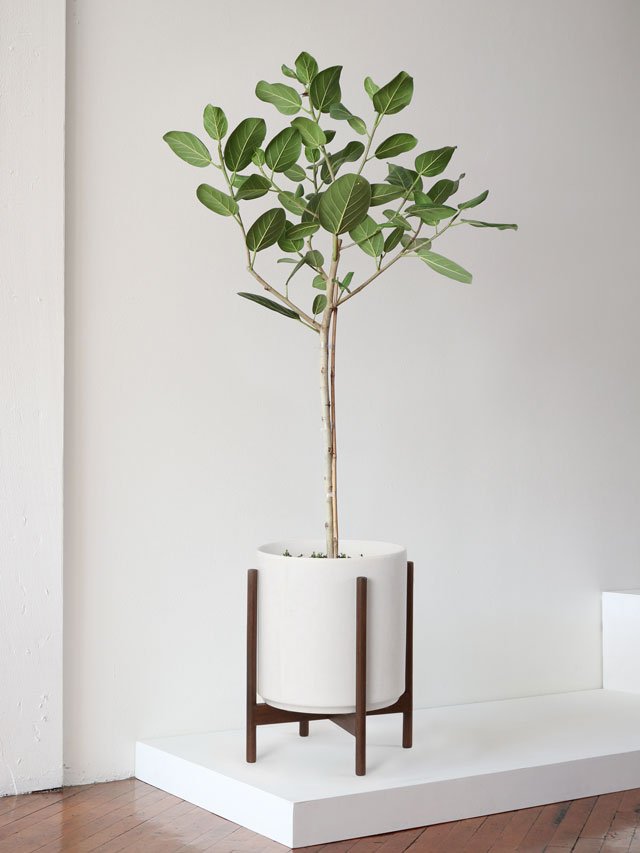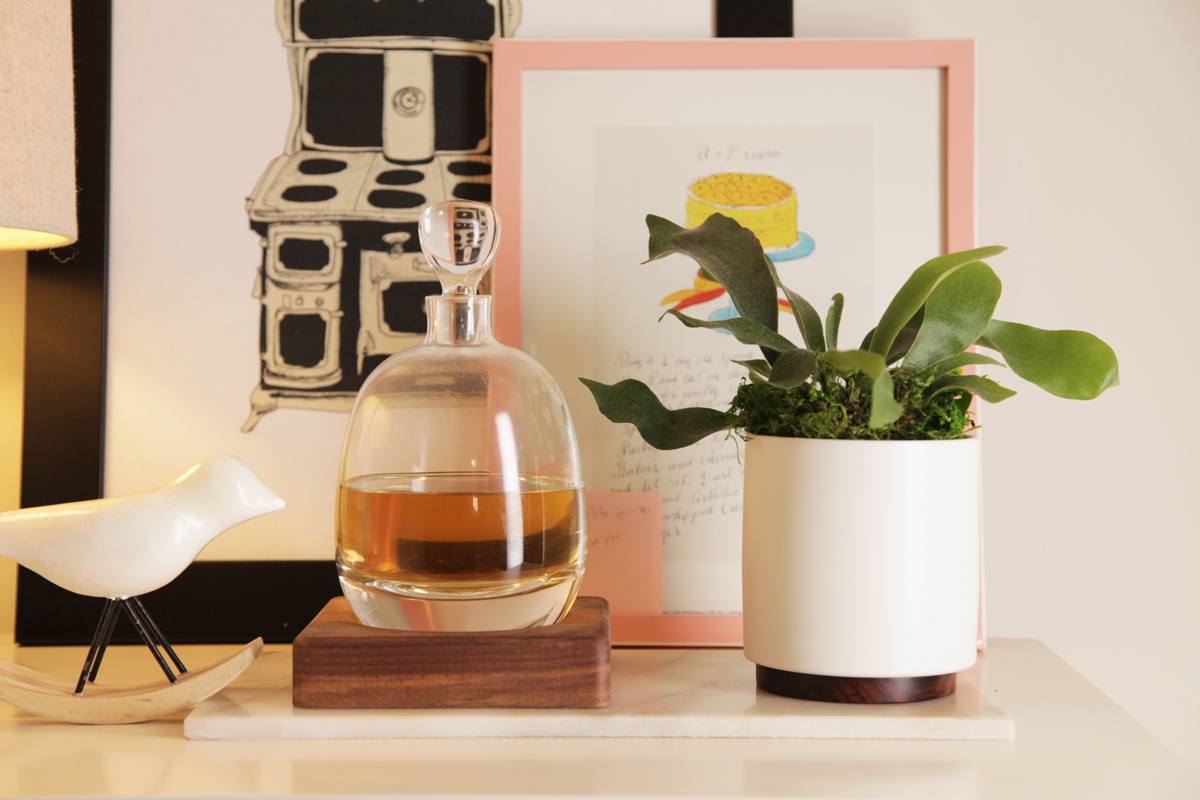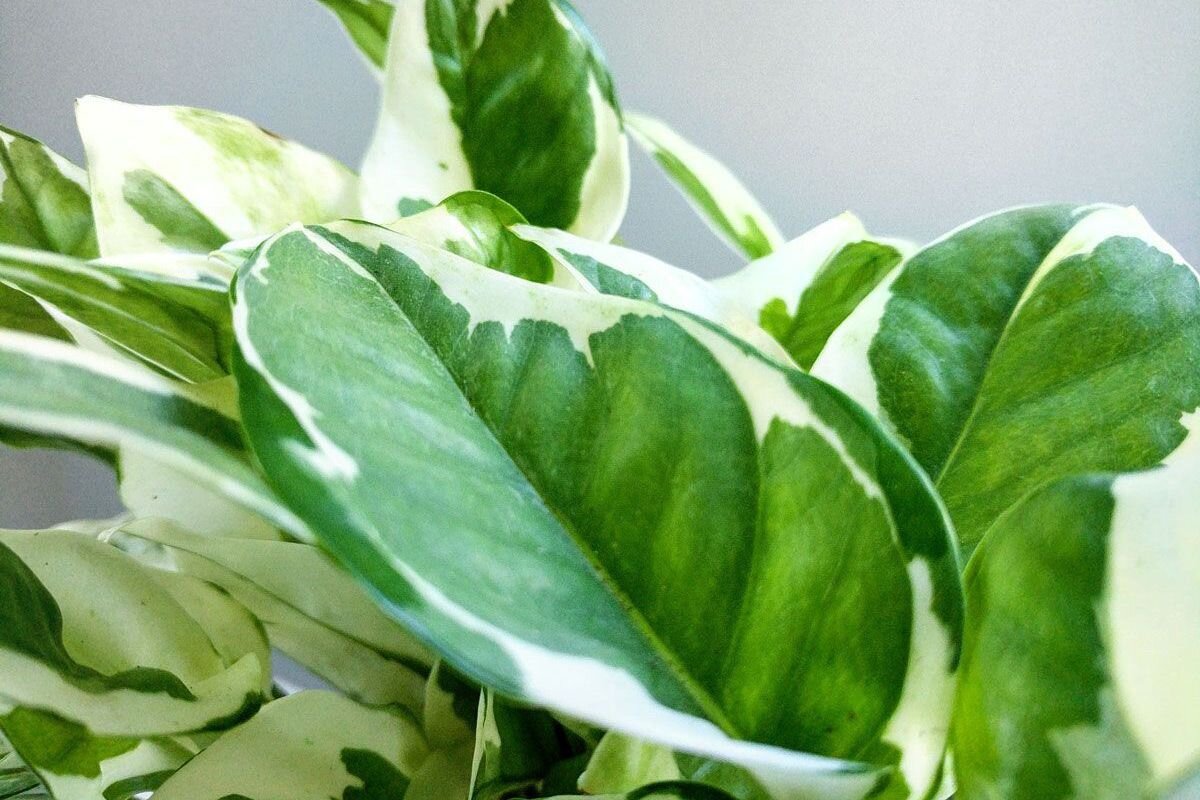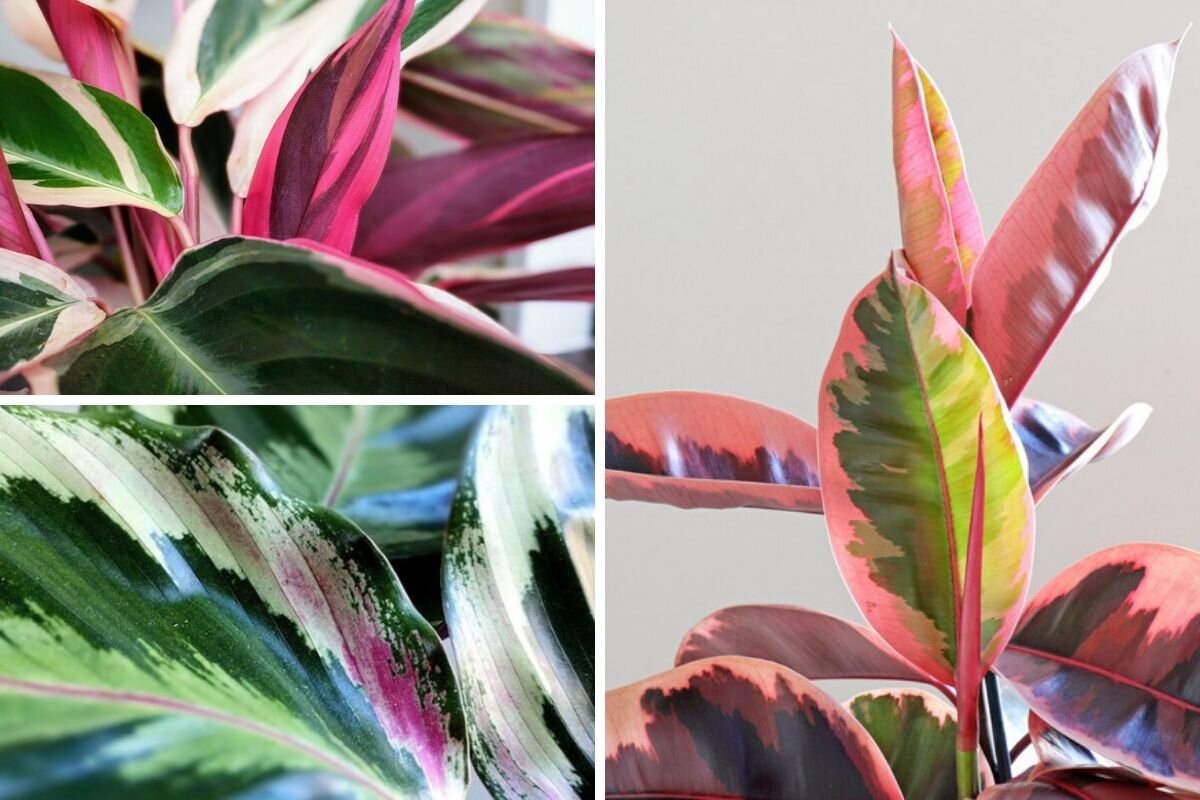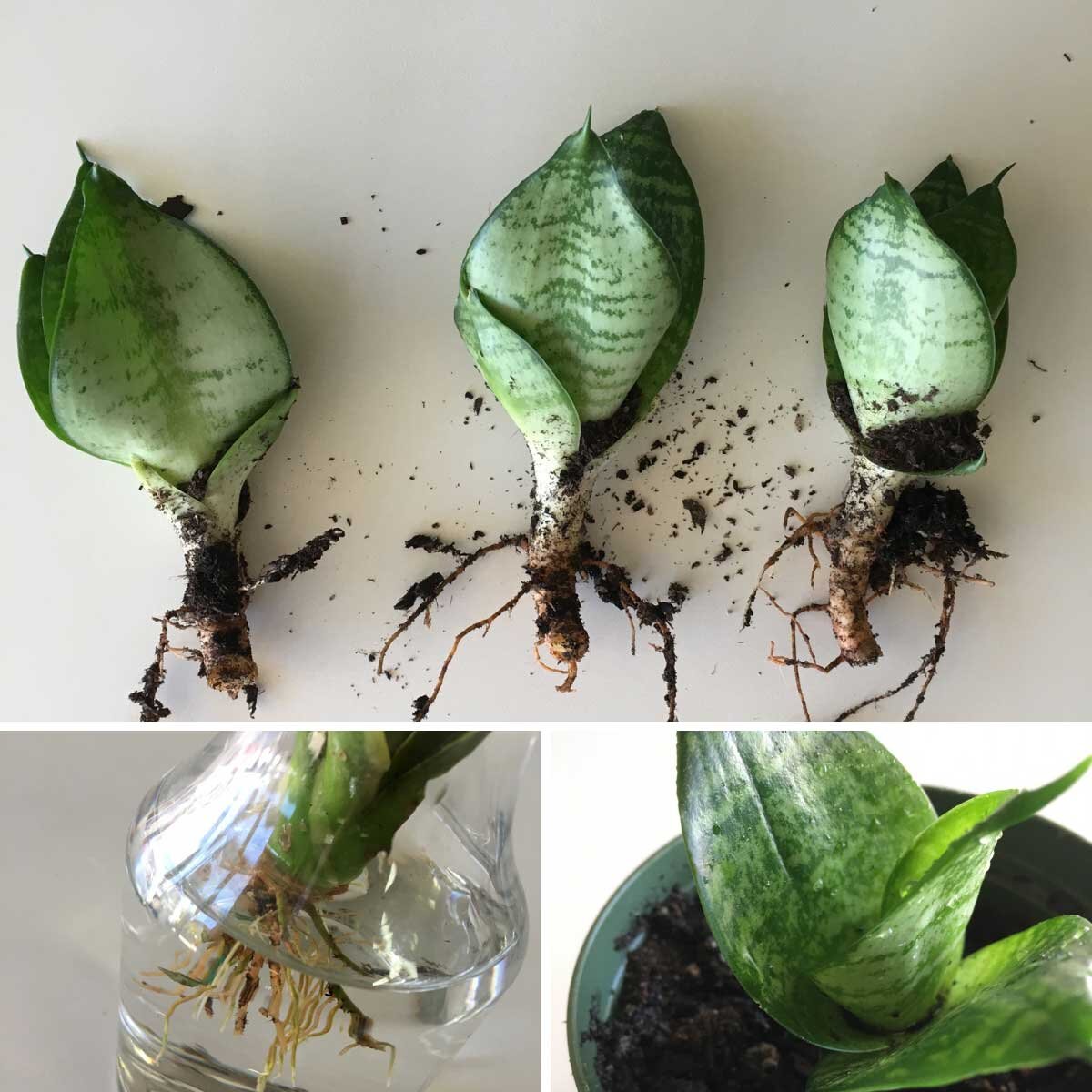Well-loved for their patterned leaves and many varieties, Aglaonemas (commonly referred to as “Chinese Evergreen” or “Silver Evergreen” plants) are popular houseplants. They are easy plants to care for, but there are some considerations to make before bringing one into your home.
Read up on this gorgeous, easy-care plant and see if it’s the right match for you!
What’s an aglaonema?
‘Aglaonema’ is a genus within the araceae, or arum, family. Closely related to well-known houseplants like the philodendron and monstera, aglaonemas are popular choices for homes and office spaces alike because of their vibrant foliage and ease of care.
Their diversity of color and tendency to grow steadily make collecting and caring for aglaonemas fun, and rewarding. There are many species and cultivars of aglaonemas to choose from, and most are beginner-friendly plants. These hearty plants are an excellent addition to any houseplant collection, or a great starting plant to develop your green thumb.
Aglaonemas don’t need a lot of light
One reason why aglaonemas are such popular plants for the home and office is their ability to survive in relatively low light. In their native environment, aglaonemas love the shady tropics, so keep that in mind when you’re deciding where your new aglaonema plant should live.
Aglaonemas are also prone to sunburn, so avoid direct, bright light, such as a southern-facing window exposure (in the northern hemisphere). Too much or too little light can result in decreased color vibrancy on your plant’s leaves. Aglaonemas that live indoors also benefit from light adjustment throughout the year; during the shorter winter days, you may find them to prefer a space closer to a window or light source, while in the summer months they can live closer to a room’s interior.
The optimal environment for an aglaonema plant is bright, indirect light with moderate to high humidity when possible.
How to water Aglaonemas
Aglaonemas prefer to dry out completely before watering. Depending on how much light your plant is getting, you’ll find yourself watering your plant every week or so.
It’s important to pot your aglaonema in a well-draining potting medium so it can drain easily and avoid getting soggy. For example, you can add perlite or orchid bark to make for a chunkier soil.
As always, make sure your aglaonema is in a pot with a drainage hole to avoid root rot. You can either pot up your aglaonema plant directly in a ceramic or terracotta pot with adequate drainage, or utilize a decorative pot with your plant potted in a plastic nursery pot.
Lastly, remember that aglaonemas are native to tropical and subtropical environments, so providing some additional humidity, such as with a humidity dome or by grouping plants together, can help your aglaonema thrive.
Should you fertilize your aglaonema?
These hearty plants can live for a long time with little or no fertilizing. That said, a liquid fertilizer works well during the growing season, and your plant will thrive with the extra nutrients! In good conditions, these gorgeous plants can grow several feet high, but aren’t extremely fast growers like many other popular aroids.
To help spur growth, you can also repot your aglaonema plant into a bigger pot with fresh soil when it starts to get rootbound or grow out of its current pot. Most aglaonemas living indoors can be repotted every year or so.
Because of aglaonemas’ tendency to thrive on neglect, aglaonema care is very straightforward and a great option for beginners to foray into houseplants.
Common problems with the Aglaonema variety
Aglaonema are resilient plants, but even the heartiest of plants can have problems.
Common problems with aglaonema include pests, such as scale, aphids, or mealybugs. To address pest issues, utilize your go-to pest management product, such as neem oil or castile soap.
Yellowing or dropping leaves on aglaonema plants is usually because of under or overwatering the plant. Large, brown splotches on leaves also show up if a plant is experiencing root rot or soggy soil.
Aglaonemas are resilient plants like their aroid cousins, but allow your aglaonema an adjustment period when you first bring it home. If you’re experiencing problems with a new aglaonema, such as yellow or dropped leaves, wait it out and let it acclimate, or try adjusting its lighting or watering schedule.
The many Aglaonema varieties
With 24 aglaonema species and hundreds of cultivars, aglaonema plants offer plenty of diversity in leaf shape, color patterns, and styles for plant lovers to choose from. Colors and patterns range from shades of bright green stripes to pink speckles to red undersides, so aglaonema plants fit beautifully into any style of home or office space.
The Aglaonema ‘Commutatum,’ or ‘Silver Bay’ Evergreen, is one of the most popular and loved varieties of aglaonema. With silvery leaves and variegated green patterns, this stunning variety is a fast grower that can bring color into any corner.
Another common example of aglaonema is the Aglaonema Creta, recognized for its attractive rose-colored veining and borders on its leaves. For people who want a low-maintenance plan that can provide a pop of color in their home, aglaonemas like the Creta are the perfect choice.
Aglaonemas Can be toxic to pets
Some species of aglaonema contain insoluble calcium oxalates, which is toxic to pets. To be safe, it’s best to keep your aglaonema plant away from pets and children. There are plenty of beautiful pet-friendly plants if you prefer to go the safest route!
They can have flowers!
Aglaonemas’ rare spathe flowers are reminiscent of a Calla lily bloom. That’s because these plants are closely related.Some Calla lilies even have spotted green leaves that look similar to the foliage of some types of aglaonema.
It’s easy to propagate Aglaonemas
Lastly, aglaonema are easy plants to propagate in water or even directly in soil. Much like a common pothos or monstera, roots grow from the nodes where leaves meet the stem. After a few weeks of rooting in water, your aglaonema plant cutting will be ready to be potted up to grow into a new plant. Small plants grown from aglaonema cuttings also make excellent gifts for people with and without houseplant experience.





